The first time Max Nickerson placed aluminum tags in the tails of hellbenders, they fell out and left large holes behind. He thought he’d killed them.
It was 1969, and he’d tagged hundreds of the ancient salamander as part of one of the first research projects on the creature. But slowly over the summer, every single hole vanished, healing as though they’d never been touched.
He realized then that the hellbender, a 2-foot long salamander whose family has been around in some form for upwards of 160 million years, can heal itself in ways only science fiction can imagine.
“If you chop off its leg, it grows a new leg,” says Nickerson, a professor and curator of reptiles and amphibians at the Florida Museum of Natural History. “If you chop of its toes or you skin it, it will grow new skin and you can’t see a scar.”
Like many misunderstood and undervalued creatures in the country’s wilds, the hellbender faces innumerable threats from poisoned water to climate change. But this creature—one that has survived some of Earth’s most dramatic changes—also faces an additional threat. And that threat involves people messing with its bedroom. Seriously.
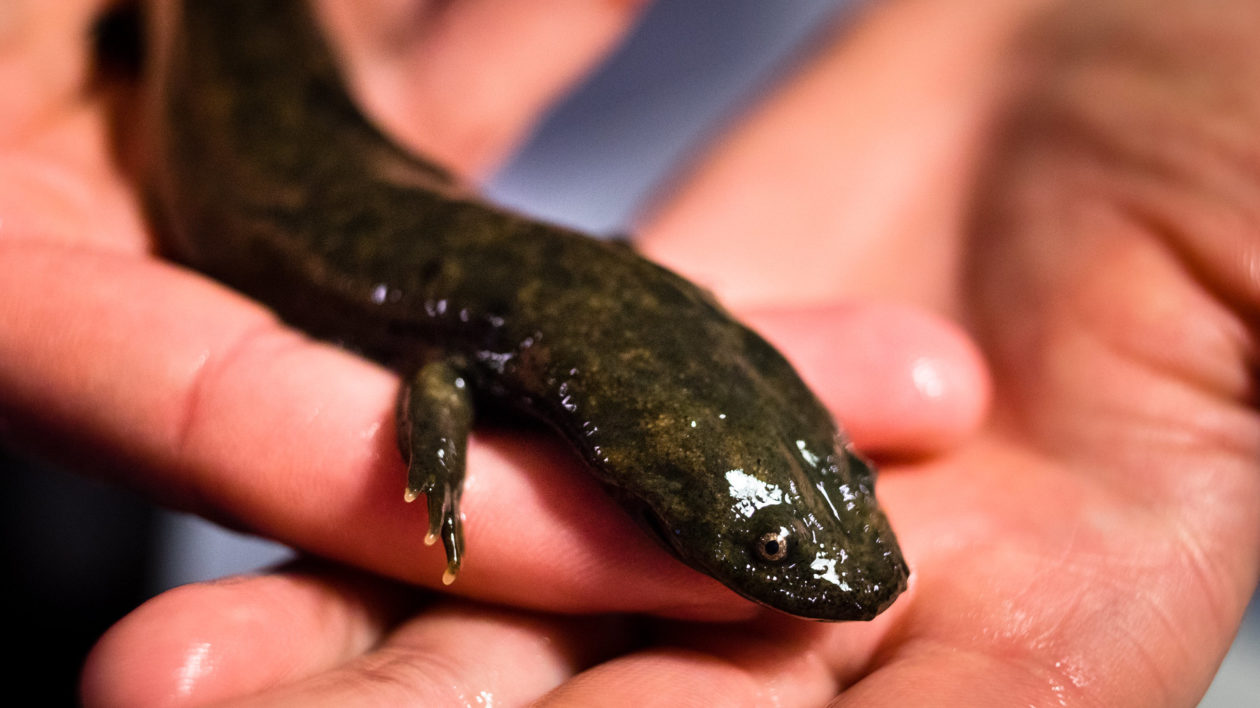
An Ancient Salamander Faces Thoroughly Modern Threats
Before getting into what’s causing hellbender populations to crash, here’s a primer for anyone who hasn’t read Glurk! A Hellbender Odyssey (a book-length epic poem by Mark Spitzer) or run into one of the giant salamanders while fishing for catfish.
First, their sides look like lasagna noodles. Hellbender researcher and aquatic ecologist Kirsten Hecht makes the comparison affectionately. She loves the things.
The hellbenders use those flappy sides for breathing. But they also have lungs. Back when biologists could perform questionable experiments on species, someone removed a hellbender’s lungs and the animal survived just fine.
They can weigh more than 3 pounds and could live up to 50 years—though no one actually knows for sure their life spans.
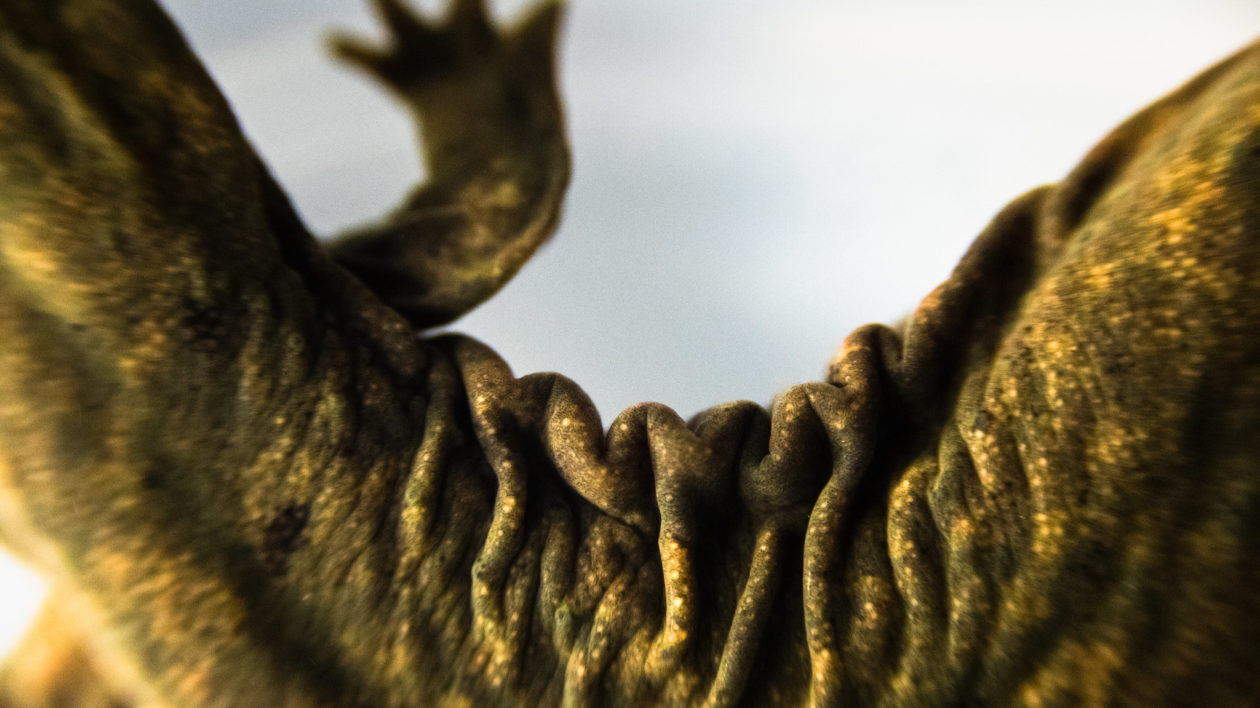
Their bodies are flat. The adaptation allows rivers to flow over them instead of pushing them around and to slip under rocks. One story says their name came from an angler who said the salamander was “a creature from hell where it’s bent on returning.”
That description couldn’t be farther from Hecht’s truth. She loves even their toes: “They have little pads on the bottom of their toes that help them grip the bottom. They’re the cutest.”
Unfortunately, they’ve also been under siege.
Their populations used to range from New York to Mississippi and Alabama and as Virginia to central Missouri. Then silt from run off after deforestation flowed into the rivers and covered their habitat. Pollution from agriculture, urban runoff and mining poisoned their water and food sources. Diseases were introduced preventing them from being able to heal their wounds. Reintroduced otters caused additional deaths.
At one point there were bounties on hellbenders—believed to be detrimental to fish populations or even poisonous to anglers (their skin has a slime that can be a mild irritant to someone who touches it, but it’s far from harmful).
They’ve also suffered from collectors.
While working in Missouri, Nickerson documented hellbenders removed legally for research and illegally in the wildlife trade. At one point in the early ‘70s, someone landed a private plane on an airstrip on the banks of the North Fork of the White River and flew out with 156 hellbenders on board. Back then they were worth between $75 and $100 each. Poachers were trading them for tricolor king snakes.
The hellbenders were between 15 and 20 years old and half were female just prior to reproductive season.
But the guy didn’t know how to ship them and almost all of them died.
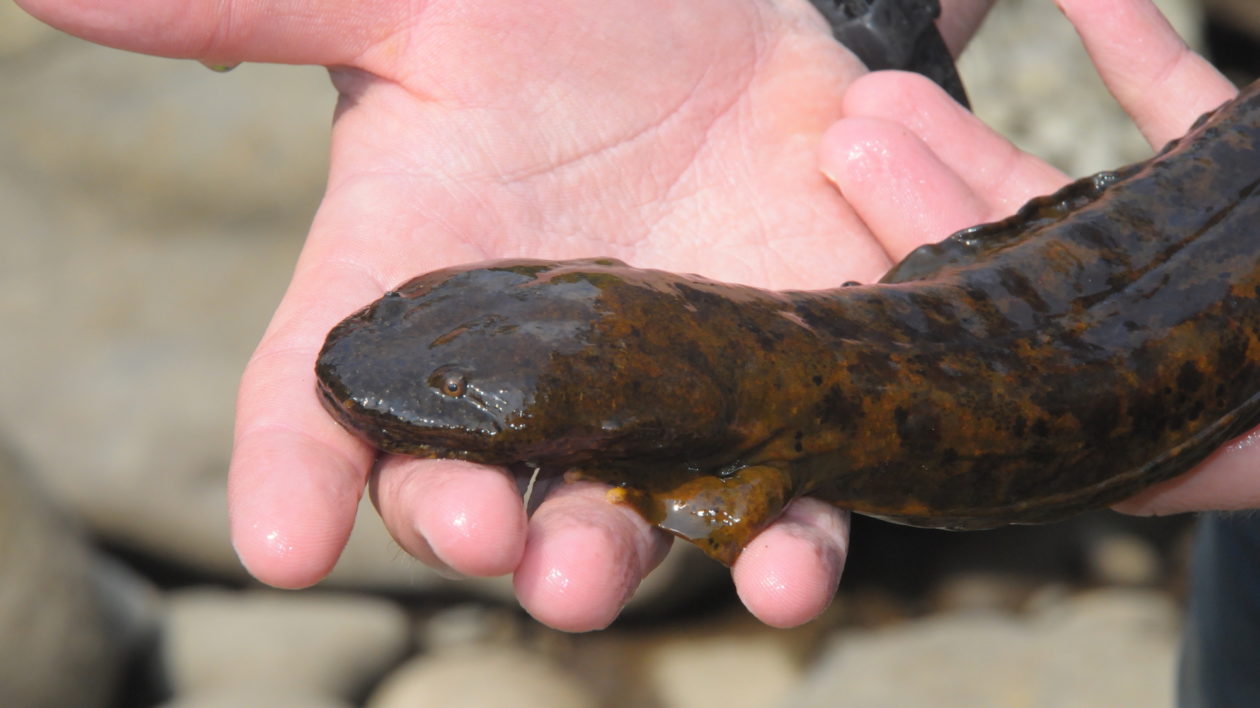
Give Hellbenders Some Privacy
Hecht’s newly published work shows that hellbenders face not only this litany of threats but danger to their very bedrooms—which is critical because, well, they rarely leave them.
Hellbenders have a home range of about 70 yards, or about half the length of a football field. From larvae until death, they live in the same small stretch of cold, eastern river.
But what Hecht found is their habitat use is even more specific.
Hellbenders live under rocks, those pretty river stones people collect for their gardens or stack as cairns. The rocks protect them from predators like otters and mink and give them a place to wait while hunting passing crayfish or even other meandering hellbenders.
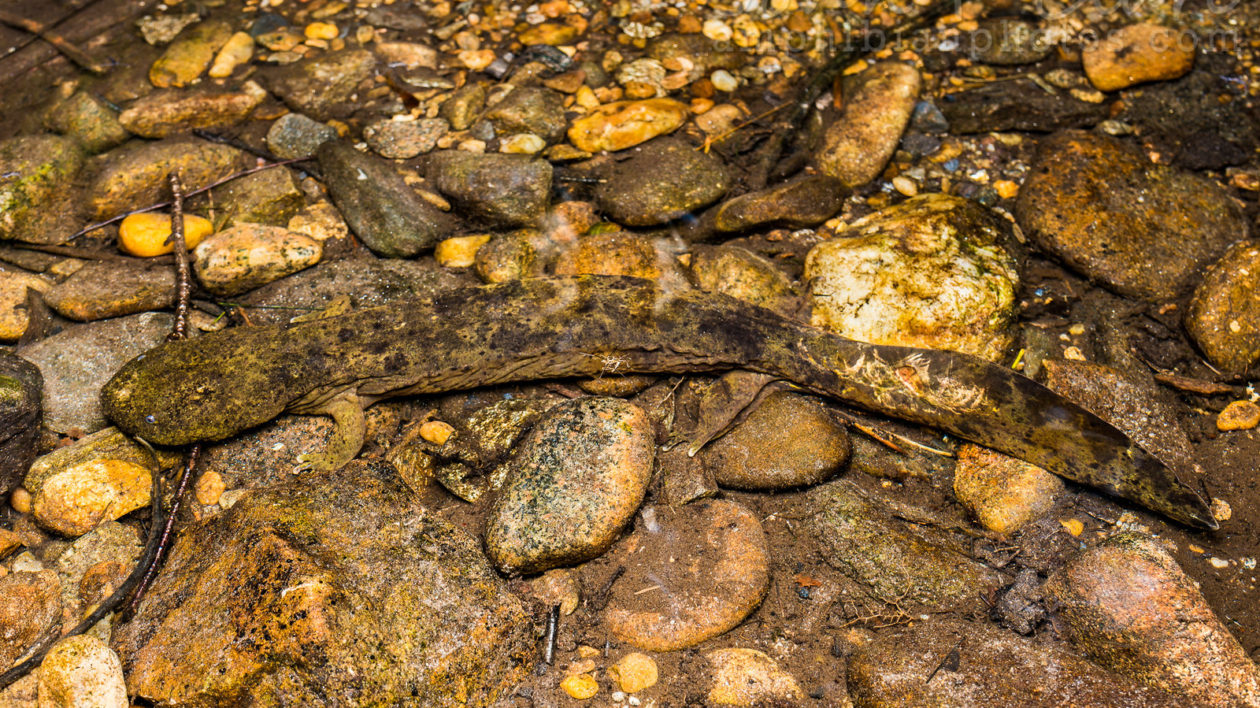
As young, small hellbenders, they live under smaller rocks with gravel allowing an increase in oxygen flow. When they grow and age, they find larger rocks with larger-sized gravel underneath to call their homes.
“It is like the walls and carpeting,” Hecht says. “If you have the right walls and not the right flooring it doesn’t work.”
That means every time a stream is dredged for gravel, or a path is blown up with dynamite for people to use for tubing, or tourists make another cairn for a pretty Instagram picture, or a homeowner gathers a pile of rocks for their garden, a hellbender could be displaced or die.
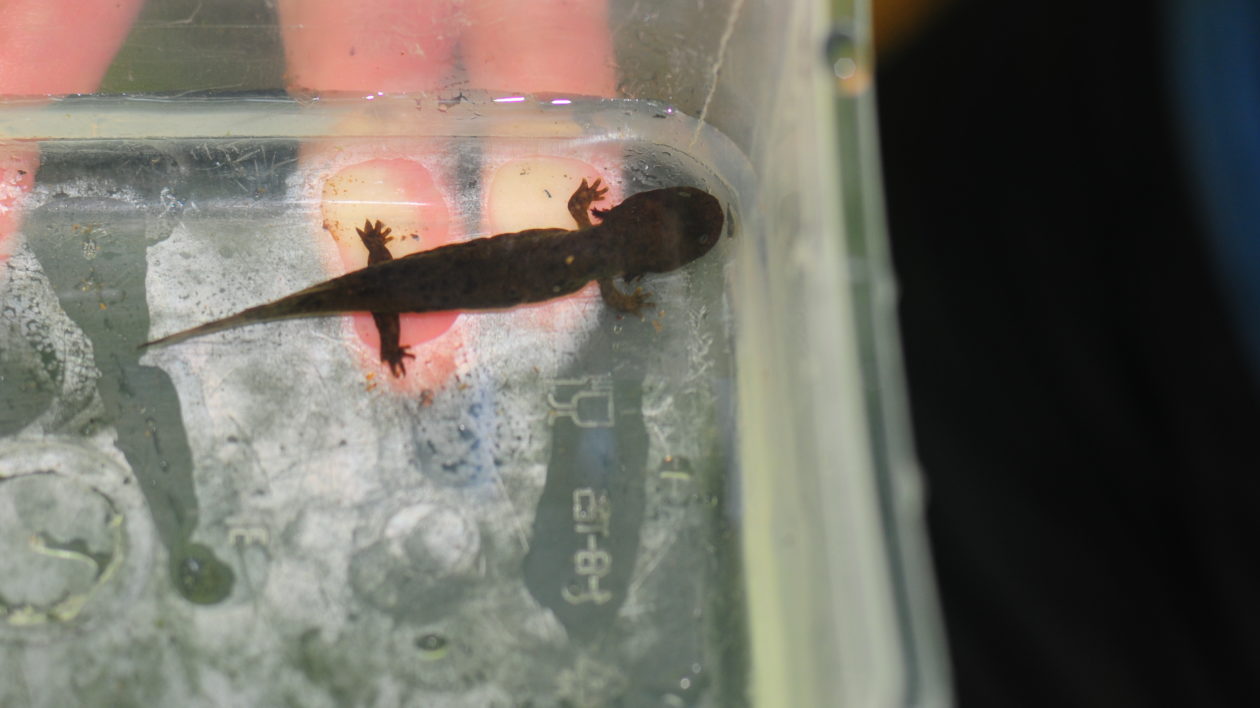
Despite populations dropping in some areas by as much as 80 percent of their historic highs, the hellbender’s future is not all doom.
Efforts by state agencies like the Missouri Department of Conservation and many zoos are studying the creatures, raising them in captivity and releasing them back into streams. Citizens groups and nonprofits have made strides to raise awareness. Scientific research is also increasing to better understand the animals.
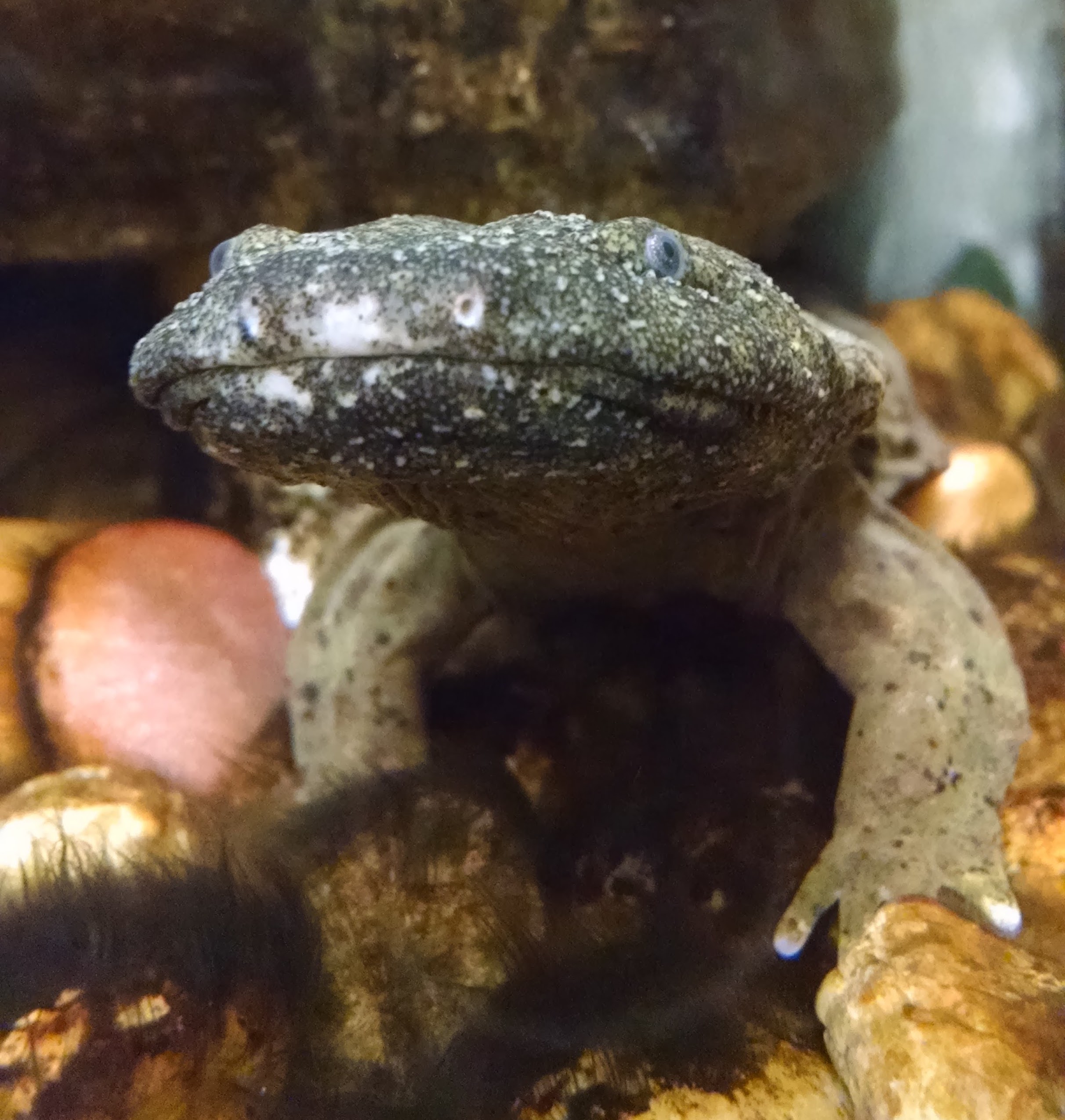
Ultimately, even if people have a hard time sympathizing with the fate of a 2-foot salamander with lasagna sides that they may never see, the species that can heal itself may well offer hints at solutions to human afflictions.
“From an ecological stance they are like the canary in the coal mine, which is appropriate in that region,” Hecht says. “A lot of people drink the water from the streams. If you have a stream that can’t support hellbenders you might not want to drink the water. What’s happening to them is happening to us as well.”
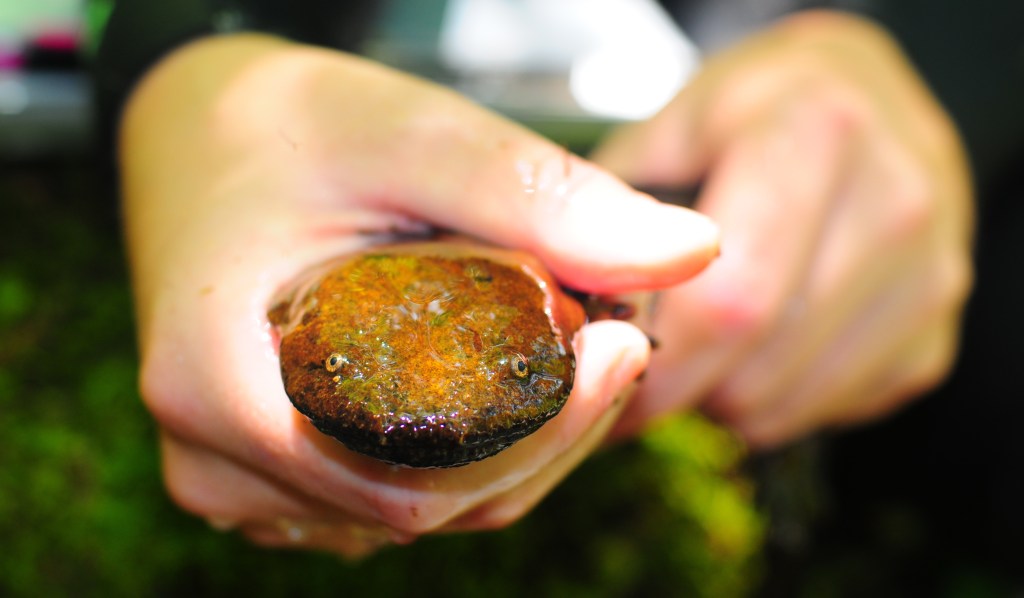



Like your stories a lot, it seems like the hellbender has a good chance of survival even with us messen with them. It sounds like they must have made a few a other adjustments over the last 160 million years, hopefully moving 70+ yards isn’t too much, with the help of people like Kirsten Hecht.
Is there any form of wildlife humans have not either disturbed or killed outright?
Thank you for this interesting article! I’ve never seen a hellbender, although I’d love to, and I feel better-equipped to educate folks out on the trail who may be inadvertently interfering with these little creatures’ habitats.
Very friendly & manageable informations has been laid in this feature.Thanks,Ms Christine Peterson
Hi Christine,
I really enjoyed this article. I am an author working on my next book (about misunderstood animals in need of better awareness/conservation). I’m wondering if you could share a couple of your citations, specifically the study where a hellbender had its lungs removed, and for Nickerson’s records on the person who collected the 165 wild ones. Thanks.
Joseph